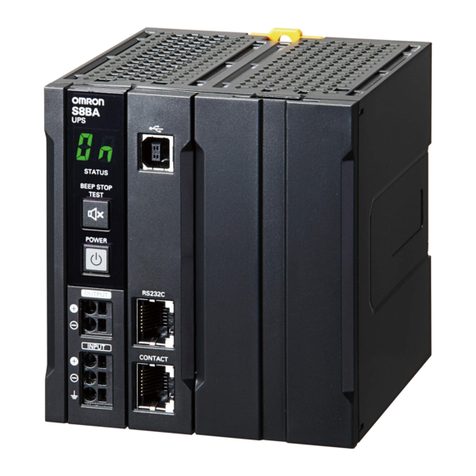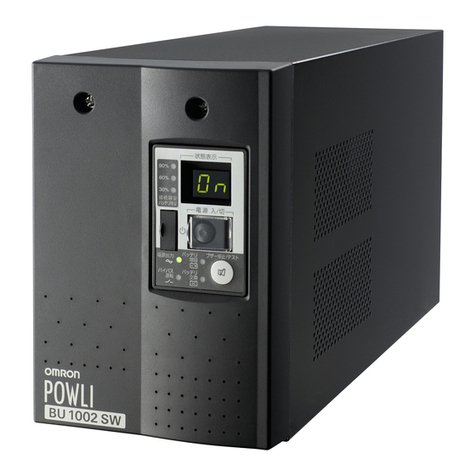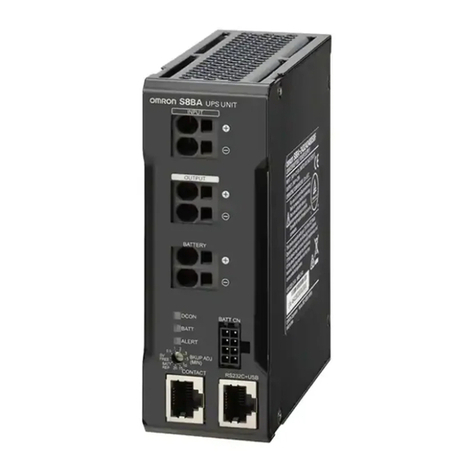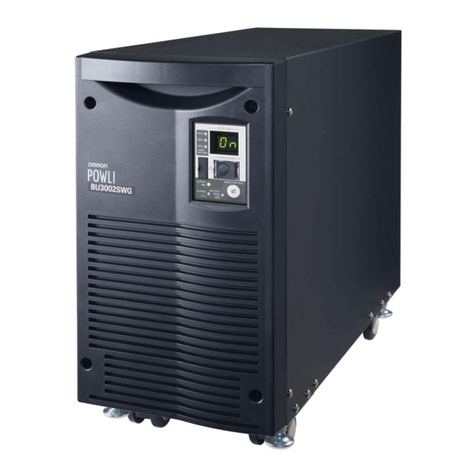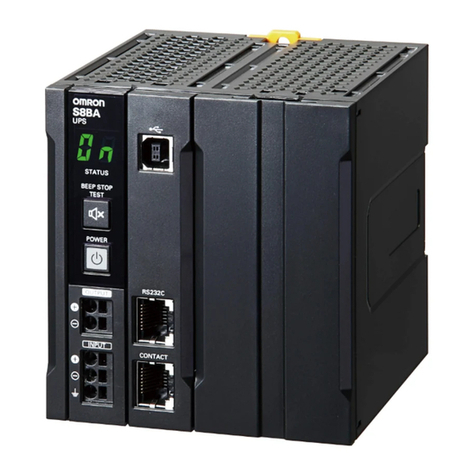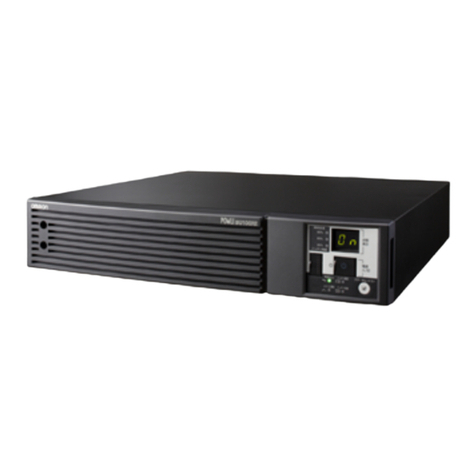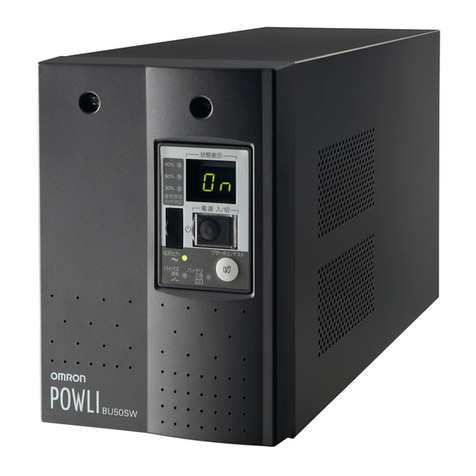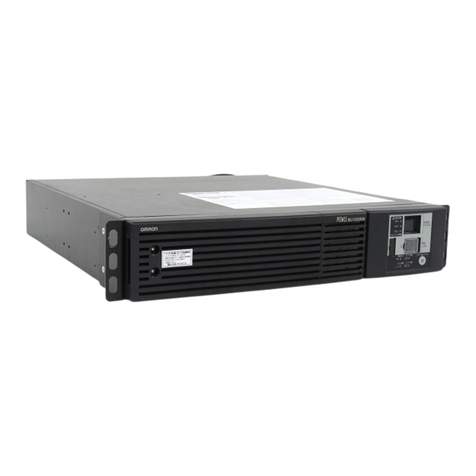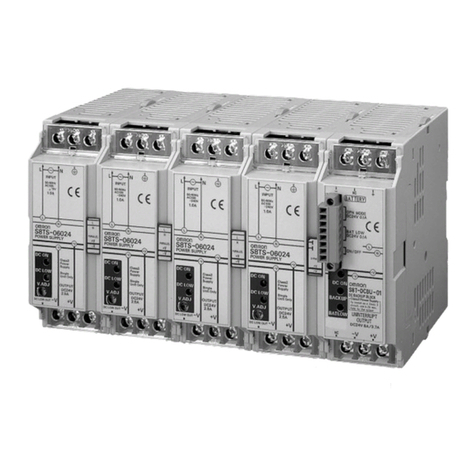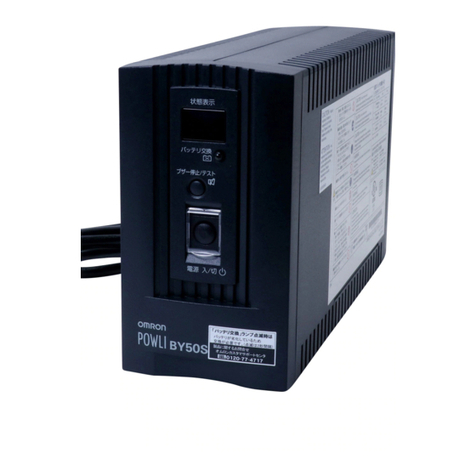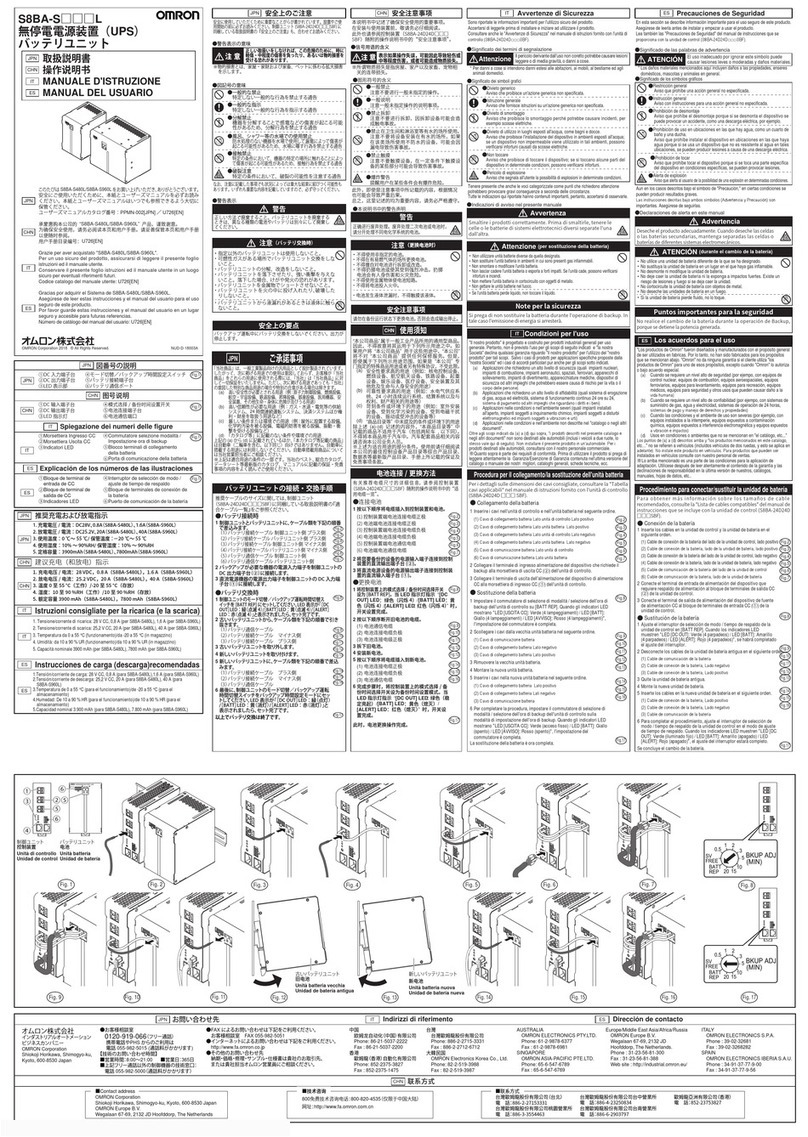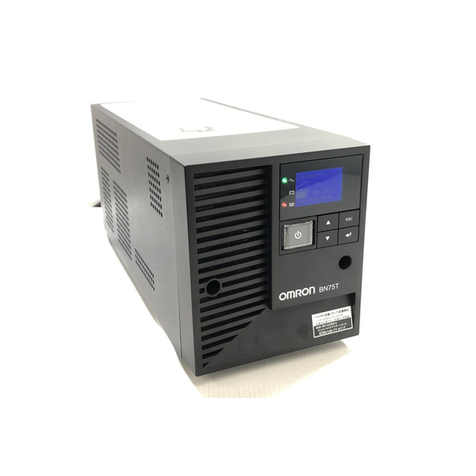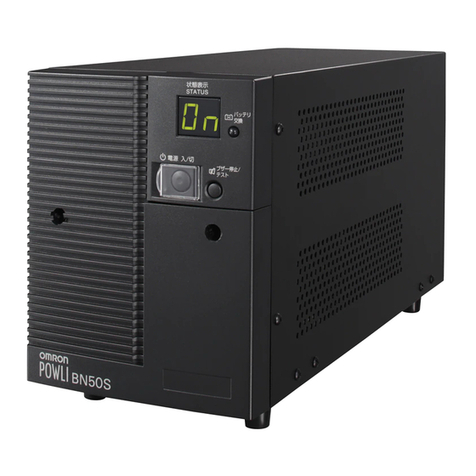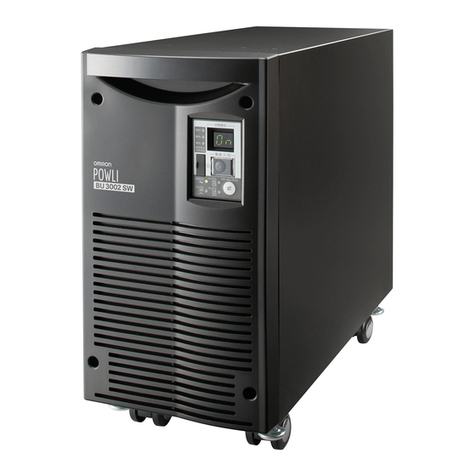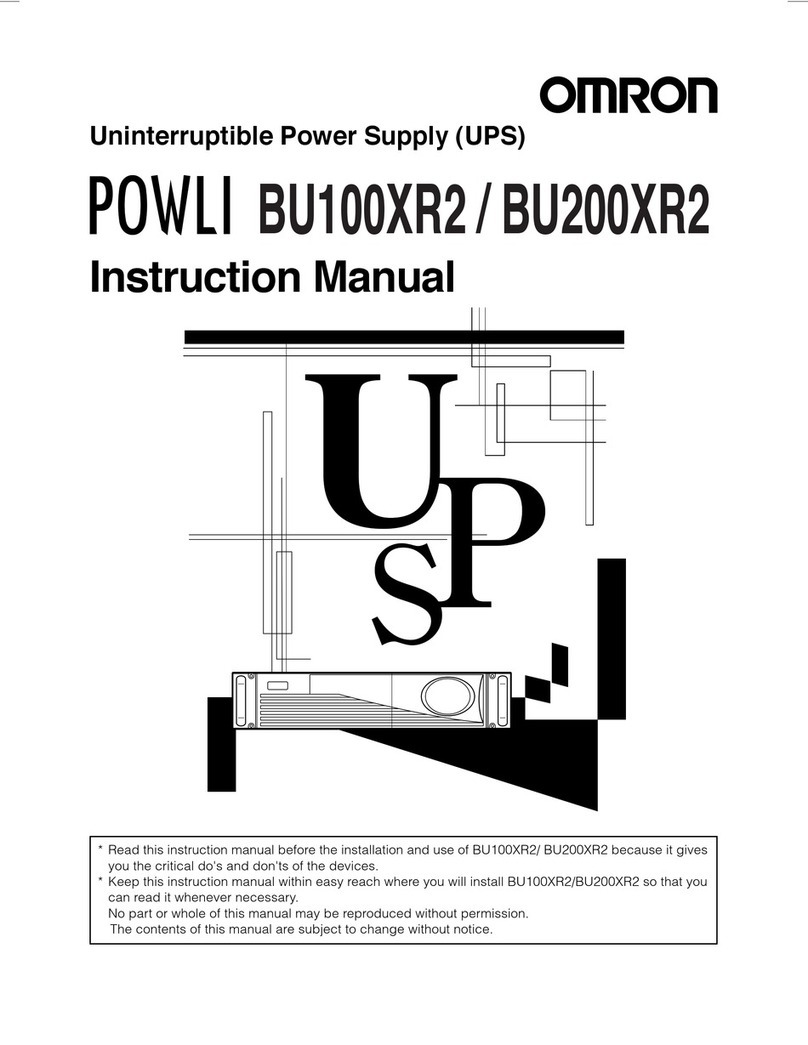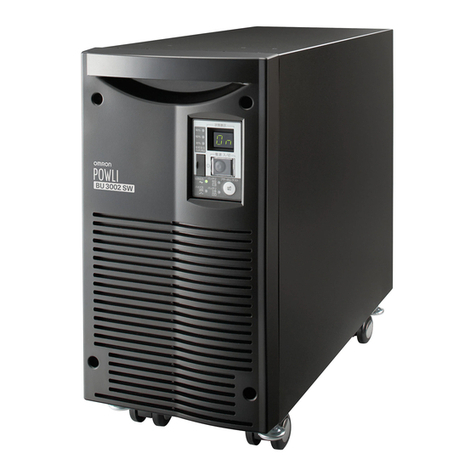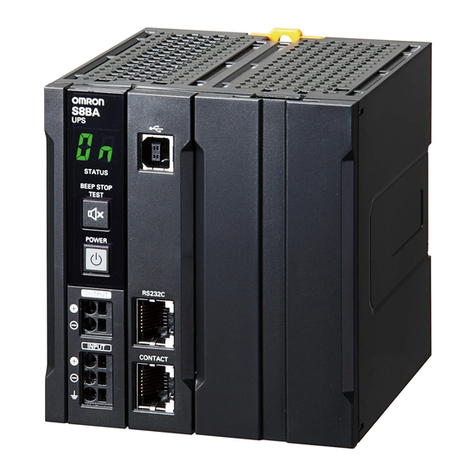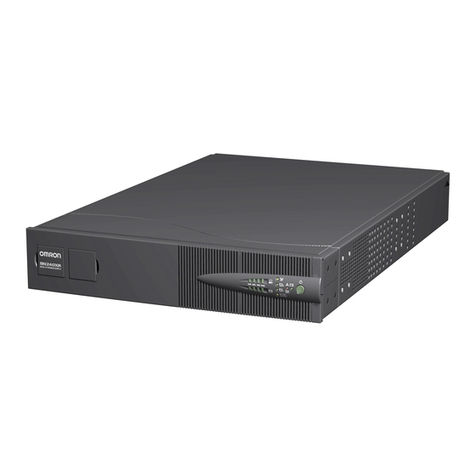Table of Contents
iv
Table of Contents
Introduction.......................................................................................................................................... i
IMPORTANT SAFETY INSTRUCTION .............................................................................................. ii
Safety precautions.............................................................................................................................. v
1. Preparation.....................................................................................................................................1
1-1 Unpacking the product .......................................................................................................................... 1
1-2 Checking the contents........................................................................................................................... 1
1-3 Name of each part................................................................................................................................. 2
1-4 Explanation of symbols used on unit..................................................................................................... 4
2. Installation and connection.............................................................................................................5
2-1
Precautions and notes on installation and connection......................................................................................................... 5
2-2 Installation and connection.................................................................................................................... 9
2-3 Connecting the equipment .................................................................................................................. 15
2-4 Connecting the AC input...................................................................................................................... 18
2-5 Checking the operation ....................................................................................................................... 22
2-6 Charging the battery............................................................................................................................ 24
2-7 Measuring the initial value of backup time .......................................................................................... 24
2-8 Recharging the battery........................................................................................................................ 24
3. Operation......................................................................................................................................25
3-1 Precautions and notes for operation ................................................................................................... 25
3-2
Start and stop procedures and basic operation........................................................................................... 27
3-3
Interpreting beeps and displays................................................................................................................... 30
4. UPS functions...............................................................................................................................33
4-1 Suspending a beep ............................................................................................................................. 33
4-2 Self-diagnosis test............................................................................................................................... 33
4-3 Description of the auto battery test function........................................................................................ 34
4-4 Changing the setting of the functions.................................................................................................. 34
5. Measuring the backup time ..........................................................................................................43
5-1 How to measure backup time.............................................................................................................. 43
5-2 Estimated backup time........................................................................................................................ 43
6. Maintenance and Inspection.........................................................................................................45
6-1 Checking the battery ........................................................................................................................... 45
6-2 Replacing the battery .......................................................................................................................... 46
6-3 Replacing the fan ................................................................................................................................ 55
6-4 Cleaning .............................................................................................................................................. 57
7. Using the UPS monitoring software and contact signal................................................................58
7-1 When using the included UPS monitoring software to perform auto shutdown .................................. 60
7-2 When performing auto-save functions using the UPS service in Windows Server 2003/XP/2000 +
UPS service driver.............................................................................................................................. 63
7-3 When performing auto-save functions using the standard UPS service in Windows Server 2003/
XP/2000/NT......................................................................................................................................... 64
7-4 Contact signal...................................................................................................................................... 70
8. Using an SNMP/Web card............................................................................................................78
8-1 Adding an SNMP/Web card ................................................................................................................ 78
8-2 SNMP/Web card outline...................................................................................................................... 79
9. Extending the backup time ...........................................................................................................80
9-1 Connecting an additional battery unit.................................................................................................. 80
10. Troubleshooting..........................................................................................................................82
References .......................................................................................................................................83
A. Specifications ........................................................................................................................................ 83
B. Dimensions............................................................................................................................................ 84
C. Circuit block diagram............................................................................................................................. 86
D. Related products ................................................................................................................................... 86

